Last of Their Kind - The World's Most Endangered Species
Every day, we are reminded of the breathtaking diversity of life that our planet harbors. Yet, amidst this beauty lies a somber reality: many species are teetering on the brink of extinction. The phrase "last of their kind" resonates deeply, evoking images of majestic creatures like the Sumatran tiger and the vaquita porpoise, both facing an uncertain future. In this article, we will delve into the plight of the world's most endangered species, examining the factors contributing to their decline and the significance of conservation efforts. We will also explore what individuals can do to help protect these remarkable creatures from fading into oblivion.
Imagine walking through a lush rainforest or a vibrant coral reef, and suddenly realizing that these ecosystems are slowly disappearing. The loss of biodiversity not only threatens the survival of individual species but also disrupts the delicate balance of our ecosystems. Each species plays a unique role, from pollinators like bees to apex predators like lions, ensuring that nature's intricate web remains intact. When a species disappears, it creates a ripple effect that can lead to the collapse of entire ecosystems. This is why understanding the plight of endangered species is crucial; it’s not just about saving animals, but about preserving the very foundation of life on Earth.
Now, let’s take a closer look at the major threats facing these endangered species. The primary culprits include habitat loss, climate change, poaching, and pollution. Each of these factors plays a significant role in the decline of wildlife populations, and the urgency for conservation efforts has never been greater. For instance, habitat destruction is often driven by urbanization, agriculture, and deforestation, which strip away the homes of countless species. Imagine a world where the forests are silent, devoid of the sounds of chirping birds and rustling leaves. This is the reality we face if we do not take action.
Urbanization is a particularly pressing issue. As cities expand, natural habitats are fragmented and destroyed, leading to a loss of biodiversity. This encroachment on wildlife territories not only threatens the species that reside there but also diminishes the ecological services that these areas provide, such as clean air and water. Sustainable urban planning is essential to mitigate these impacts, ensuring that we can coexist with nature rather than push it to the brink.
Agricultural expansion also poses a significant threat. Industrial farming practices often prioritize short-term gains over long-term sustainability, leading to habitat degradation and loss. The use of pesticides and monoculture farming can decimate local wildlife populations, leaving them with fewer resources to survive. However, there are sustainable alternatives that can help balance our need for food with the necessity of preserving wildlife habitats.
Climate change is another formidable enemy of endangered species. As temperatures rise and weather patterns shift, many species find their habitats altered beyond recognition. For example, polar bears are struggling as their Arctic ice melts, while coral reefs are bleaching due to rising ocean temperatures. These changes not only affect the species directly but also disrupt the entire food chain, leading to further declines in wildlife populations.
In response to these challenges, various conservation efforts are underway worldwide. From establishing protected areas and wildlife reserves to engaging local communities in conservation initiatives, there is hope for the future. National parks and wildlife reserves play a fundamental role in safeguarding habitats and species from the threats they face. These protected areas serve as sanctuaries for endangered species, allowing them to thrive away from human interference.
Moreover, community involvement is critical for the success of conservation efforts. Grassroots movements and local stewardship can lead to significant changes in how we approach wildlife protection. When communities recognize the value of their local ecosystems, they are more likely to engage in sustainable practices that benefit both the environment and their livelihoods.
So, what can you do to help? The truth is, every individual has the power to make a difference. Here are a few practical tips:
- Support conservation organizations through donations or volunteering.
- Reduce your carbon footprint by using public transport, biking, or walking.
- Educate yourself and others about endangered species and their habitats.
- Choose sustainable products that do not contribute to habitat destruction.
- Advocate for policies that protect wildlife and their ecosystems.
By taking these small steps, you can contribute to the larger movement of protecting endangered species and promoting biodiversity. Remember, it’s not just about saving a few animals; it’s about ensuring that future generations inherit a world rich in life and wonder.
1. What are the most endangered species in the world?
Some of the most endangered species include the Sumatran tiger, the vaquita porpoise, and the Javan rhinoceros. Each of these species faces unique threats that contribute to their decline.
2. How can I get involved in conservation efforts?
You can get involved by supporting conservation organizations, volunteering for local initiatives, or simply educating yourself and others about the importance of biodiversity.
3. Why is biodiversity important?
Biodiversity is essential for ecosystem stability and resilience. It ensures that ecosystems can withstand changes and continue to provide vital services, such as clean air and water.
4. What are the main threats to endangered species?
The main threats include habitat loss, climate change, poaching, and pollution. Each of these factors significantly impacts wildlife populations and their habitats.
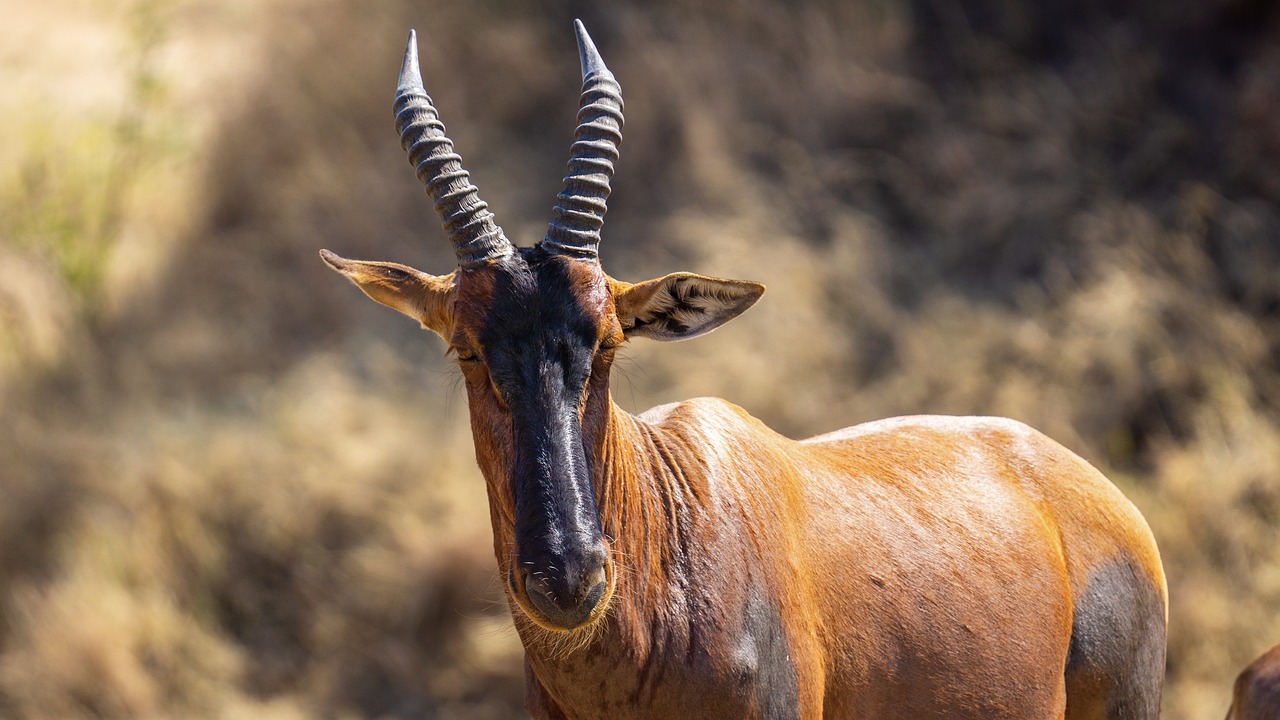
The Importance of Biodiversity
Biodiversity is not just a buzzword thrown around in environmental discussions; it’s the backbone of our planet's health and stability. Imagine a world where every species plays a role, much like the intricate gears in a clock. If one gear falters, the entire mechanism can break down. This is precisely what happens in ecosystems when we lose species. Each organism, from the tiniest microbe to the largest mammal, contributes to the ecological balance that sustains life.
But why is biodiversity so crucial? For starters, it enhances ecosystem productivity. More diverse ecosystems are better at withstanding environmental stressors and recovering from disturbances. For instance, a forest with a variety of tree species can better cope with diseases or pests than a monoculture forest. Additionally, biodiversity leads to greater resilience against climate change, as diverse ecosystems can adapt more readily to shifting conditions.
Moreover, biodiversity provides essential services that we often take for granted. These include:
- Pollination: Many crops rely on various species for pollination, which is vital for food production.
- Water purification: Wetlands and forests filter pollutants, ensuring clean water supplies.
- Soil fertility: Diverse plant species contribute to nutrient cycling and soil health.
The loss of biodiversity can lead to catastrophic consequences. When species vanish, the delicate balance of ecosystems is disrupted, leading to a domino effect. For example, the extinction of a single predator can result in an overpopulation of prey species, which in turn can devastate vegetation and alter habitats. This not only affects wildlife but also impacts human communities that rely on these ecosystems for their livelihoods.
Furthermore, biodiversity is a source of inspiration and innovation. Many medicines are derived from natural compounds found in various species. The more we lose, the less chance we have to discover new treatments that could save lives. In essence, biodiversity is not just about conservation; it’s about preserving our future.
In conclusion, the importance of biodiversity cannot be overstated. It is integral to the health of our planet and the well-being of all living organisms. Protecting it is not just an environmental issue; it is a human issue. As stewards of the Earth, we must recognize our role in preserving the rich tapestry of life that sustains us all.
- What is biodiversity?
Biodiversity refers to the variety of life on Earth, encompassing the different species of plants, animals, and microorganisms, as well as the ecosystems they form.
- Why is biodiversity important?
Biodiversity is crucial for ecosystem stability, resilience, and the provision of essential services such as food production, clean water, and medicine.
- How can I help protect biodiversity?
You can help by supporting conservation efforts, reducing waste, using sustainable products, and advocating for policies that protect natural habitats.
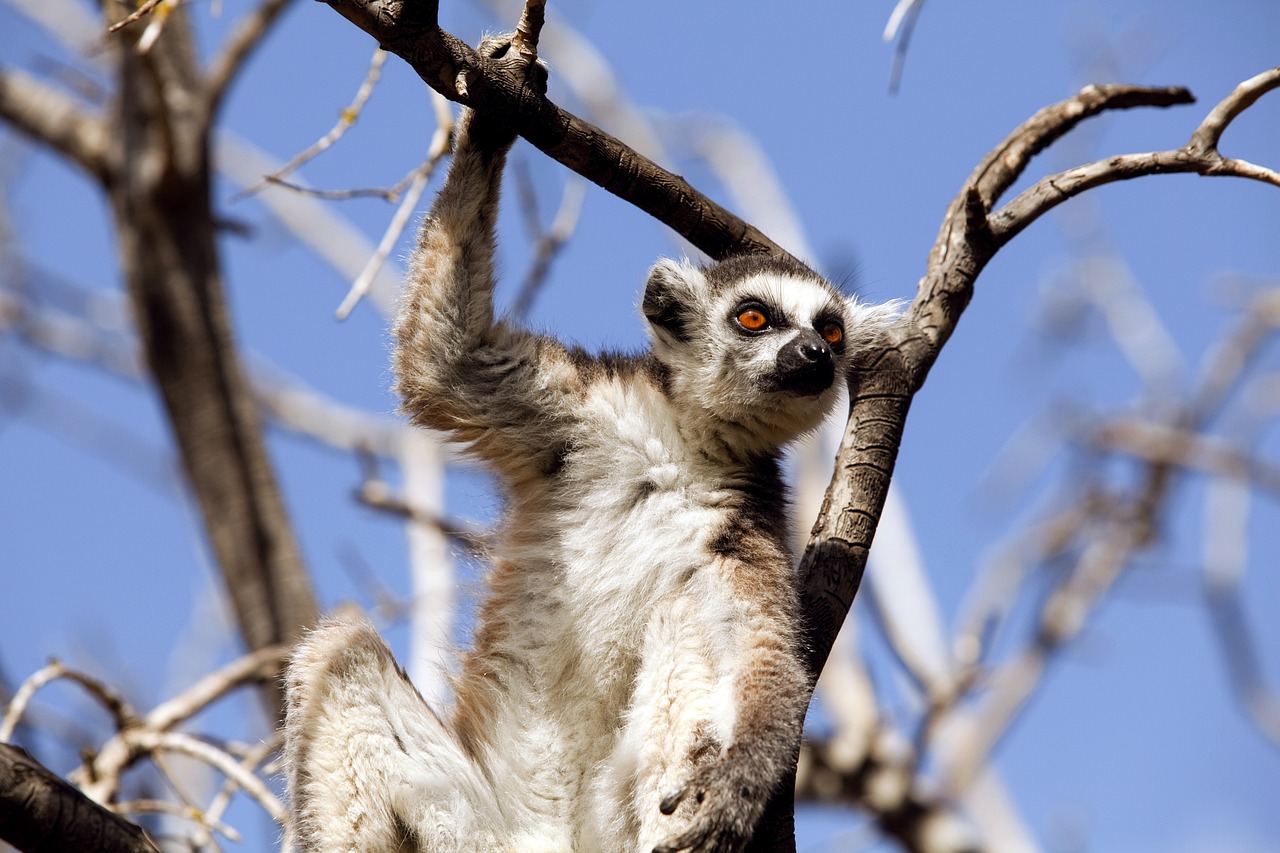
Major Threats to Endangered Species
Every day, countless species are teetering on the brink of extinction, and it's not just a matter of numbers—it's about the intricate web of life that connects us all. The major threats facing endangered species are multifaceted and often interlinked, creating a perfect storm that jeopardizes their survival. Understanding these threats is crucial, not just for the species themselves, but for the health of our planet as a whole.
One of the most significant threats is habitat loss, which occurs when natural environments are transformed or destroyed to make way for urban development, agriculture, or industrial activities. As cities expand, forests are cut down, wetlands are drained, and grasslands are plowed under. This not only reduces the available space for wildlife but also fragments their habitats, making it difficult for species to find food, mates, and shelter. Imagine a puzzle where pieces are scattered and lost—this is what happens to ecosystems when habitats are destroyed.
Habitat destruction is a leading cause of species endangerment, and its impact is felt across the globe. Urbanization, agriculture, and deforestation are the primary culprits, each contributing to a decline in biodiversity. For instance, when forests are cleared for timber or to create farmland, the animals that once thrived there are left with nowhere to go. They become isolated in small patches of land, making them vulnerable to predation and competition. The ripple effects of this loss can be devastating, leading to a decline in plant species, which in turn affects the animals that rely on them for food.
Urban development is a double-edged sword. While it brings economic growth and improved living standards, it also encroaches on natural habitats. Cities expand, and with them comes infrastructure that disrupts local ecosystems. Roads, buildings, and other constructions fragment habitats, isolating wildlife populations and making it harder for them to survive. For instance, the construction of highways can lead to increased wildlife mortality rates as animals attempt to cross these barriers. Sustainable urban planning is essential to mitigate these impacts and preserve the natural world.
Agricultural practices also play a significant role in habitat loss. As the global population continues to grow, the demand for food increases, leading to the conversion of forests and grasslands into farmland. Industrial farming often employs methods that degrade the environment, such as monoculture and excessive pesticide use, which can further harm local wildlife. However, there is hope; sustainable agriculture practices can help balance the need for food production with the necessity of preserving natural habitats. Techniques such as crop rotation, organic farming, and agroforestry can enhance biodiversity while still feeding the world.
Another major threat to endangered species is climate change. The shifting climate alters habitats and disrupts food sources, forcing species to adapt quickly or face extinction. For instance, polar bears rely on sea ice to hunt seals, and as temperatures rise, their hunting grounds are diminishing. Similarly, coral reefs, which support a vast array of marine life, are suffering from bleaching due to rising ocean temperatures. These changes are not just isolated incidents; they create a domino effect that impacts entire ecosystems.
In summary, the threats to endangered species are daunting, but they are not insurmountable. By understanding the causes of their decline, we can better appreciate the urgency of conservation efforts. The survival of these remarkable creatures hinges on our collective action and commitment to preserving their habitats and addressing the challenges posed by climate change.
- What are the main causes of species endangerment? The primary causes include habitat loss, climate change, poaching, and pollution.
- How can individuals help endangered species? People can contribute by supporting conservation organizations, reducing their carbon footprint, and advocating for sustainable practices.
- Are there successful conservation programs? Yes, many programs worldwide have shown success in protecting endangered species through habitat restoration and community involvement.
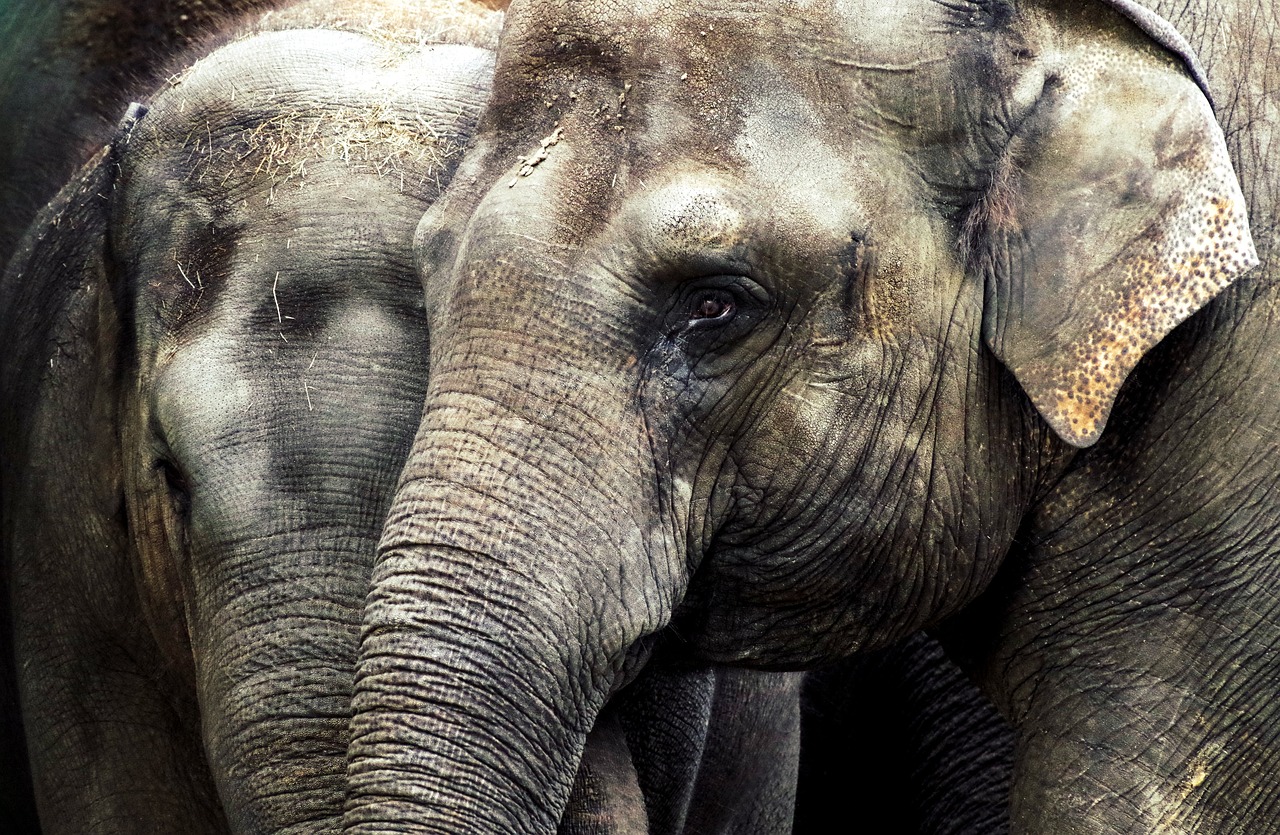
Habitat Destruction
Habitat destruction is arguably one of the most significant threats facing our planet's wildlife today. As urbanization, agriculture, and deforestation continue to expand, the natural homes of countless species are being obliterated. Imagine a vibrant jungle filled with life, suddenly reduced to barren land, all for the sake of human development. This is not just a distant scenario; it’s a reality that many species are grappling with. The loss of habitat leads to a domino effect that disrupts the delicate balance of ecosystems, resulting in the decline of various species that depend on these environments for survival.
Urbanization is a primary driver of habitat destruction. As cities grow, they encroach on natural habitats, leading to fragmentation and a significant loss of biodiversity. For instance, take the case of the Amazon rainforest, often referred to as the "lungs of the Earth." As urban areas expand, vast tracts of this crucial habitat are cleared for housing, roads, and other infrastructures. The consequences are dire: not only do we lose trees and plants, but we also endanger the countless species that call this forest home. Animals like the jaguar and the sloth bear find their territories shrinking, which can lead to increased competition for resources and a higher risk of extinction.
Moreover, agricultural expansion poses another substantial threat to wildlife habitats. With the global population on the rise, there’s an ever-increasing demand for food, which drives farmers to clear forests and wetlands to make way for crops and livestock. Industrial farming practices often lead to soil degradation and water pollution, further exacerbating the plight of local wildlife. For example, the conversion of grasslands into monoculture crops not only destroys the natural habitat but also diminishes the diversity of plants and animals that thrive in those ecosystems. This shift can be likened to turning a rich tapestry of life into a dull, uniform sheet of fabric.
In addition to urbanization and agriculture, deforestation for timber and paper products continues to pose a severe threat. The indiscriminate cutting down of trees not only impacts the immediate area but also contributes to climate change, which in turn affects wildlife habitats on a global scale. It’s a vicious cycle that seems to spiral out of control. To illustrate the impact of habitat destruction, consider the following table that highlights some of the most affected species and their dwindling populations:
| Species | Habitat Type | Population Estimate |
|---|---|---|
| Sumatran Orangutan | Tropical Rainforest | Less than 14,000 |
| Amur Leopard | Temperate Forest | Approximately 100 |
| Vaquita | Marine | Fewer than 30 |
These statistics paint a sobering picture of the consequences of habitat destruction. The urgency to address these issues cannot be overstated. We must recognize that every action we take—whether it’s advocating for sustainable practices, supporting conservation initiatives, or simply being mindful of our consumption habits—can contribute to the preservation of these remarkable creatures and their habitats. The fight against habitat destruction is not just about saving animals; it’s about ensuring a balanced and thriving ecosystem for future generations.
Q: What can individuals do to combat habitat destruction?
A: Individuals can make a difference by supporting sustainable products, participating in local conservation efforts, and spreading awareness about the importance of protecting natural habitats.
Q: Are there any organizations focused on habitat conservation?
A: Yes, numerous organizations, such as the World Wildlife Fund (WWF) and Conservation International, are dedicated to habitat preservation and can always use support and volunteers.
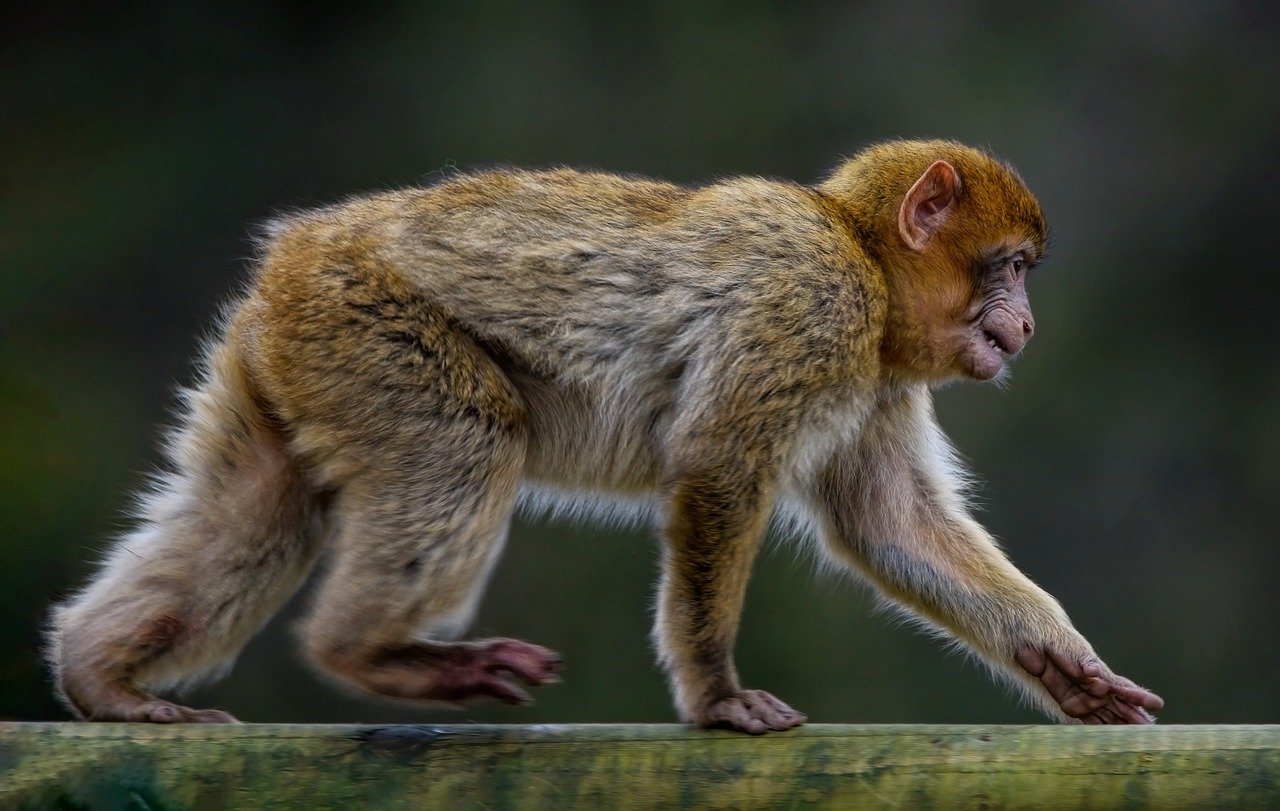
Urbanization's Impact
Urbanization is one of the most pressing threats to our planet's biodiversity. As cities expand and populations grow, natural habitats are increasingly encroached upon, leading to a dramatic loss of wildlife. Imagine a lush forest teeming with life, suddenly transformed into a concrete jungle filled with skyscrapers and roads. This transformation not only disrupts the homes of countless species but also fragments ecosystems, making it difficult for animals to migrate, find food, or reproduce.
One of the most alarming consequences of urbanization is habitat fragmentation. When large areas of land are divided into smaller, isolated patches, species that once thrived in these environments face dire challenges. For instance, consider the plight of the Florida panther. Once roaming freely across vast territories, their population has dwindled to a mere few dozen due to urban sprawl and the construction of highways that cut through their habitats. This isolation not only reduces genetic diversity but also increases the risk of inbreeding and extinction.
Furthermore, urbanization often leads to increased pollution, which can have catastrophic effects on wildlife. Pollutants from vehicles, industrial activities, and waste disposal can contaminate air, water, and soil, creating an inhospitable environment for many species. For example, the Amur leopard, one of the rarest big cats in the world, faces threats not only from habitat loss but also from the pollution of its hunting grounds due to nearby urban development.
To combat these issues, sustainable urban planning is essential. By integrating green spaces, wildlife corridors, and eco-friendly practices into city designs, we can create environments that support both human populations and wildlife. Here are a few strategies that can make a significant difference:
- Green roofs and walls: These can provide habitats for birds and insects while helping to regulate building temperatures.
- Wildlife corridors: Connecting fragmented habitats allows animals to move freely and access resources.
- Parks and natural reserves: Incorporating parks into urban areas helps preserve local flora and fauna.
Ultimately, the impact of urbanization on wildlife is profound and multifaceted. It requires a concerted effort from policymakers, urban planners, and communities to strike a balance between development and conservation. By prioritizing biodiversity in our urban environments, we can help ensure that future generations inherit a planet rich in life and beauty.
Q: What is urbanization?
Urbanization refers to the process by which rural areas transform into urban areas, often characterized by an increase in population density and infrastructure development.
Q: How does urbanization affect wildlife?
Urbanization leads to habitat loss, fragmentation, and pollution, which can threaten the survival of many species by disrupting their natural habitats and food sources.
Q: What can individuals do to help mitigate the effects of urbanization on wildlife?
Individuals can advocate for sustainable urban planning, support local conservation initiatives, and create wildlife-friendly spaces in their own backyards.
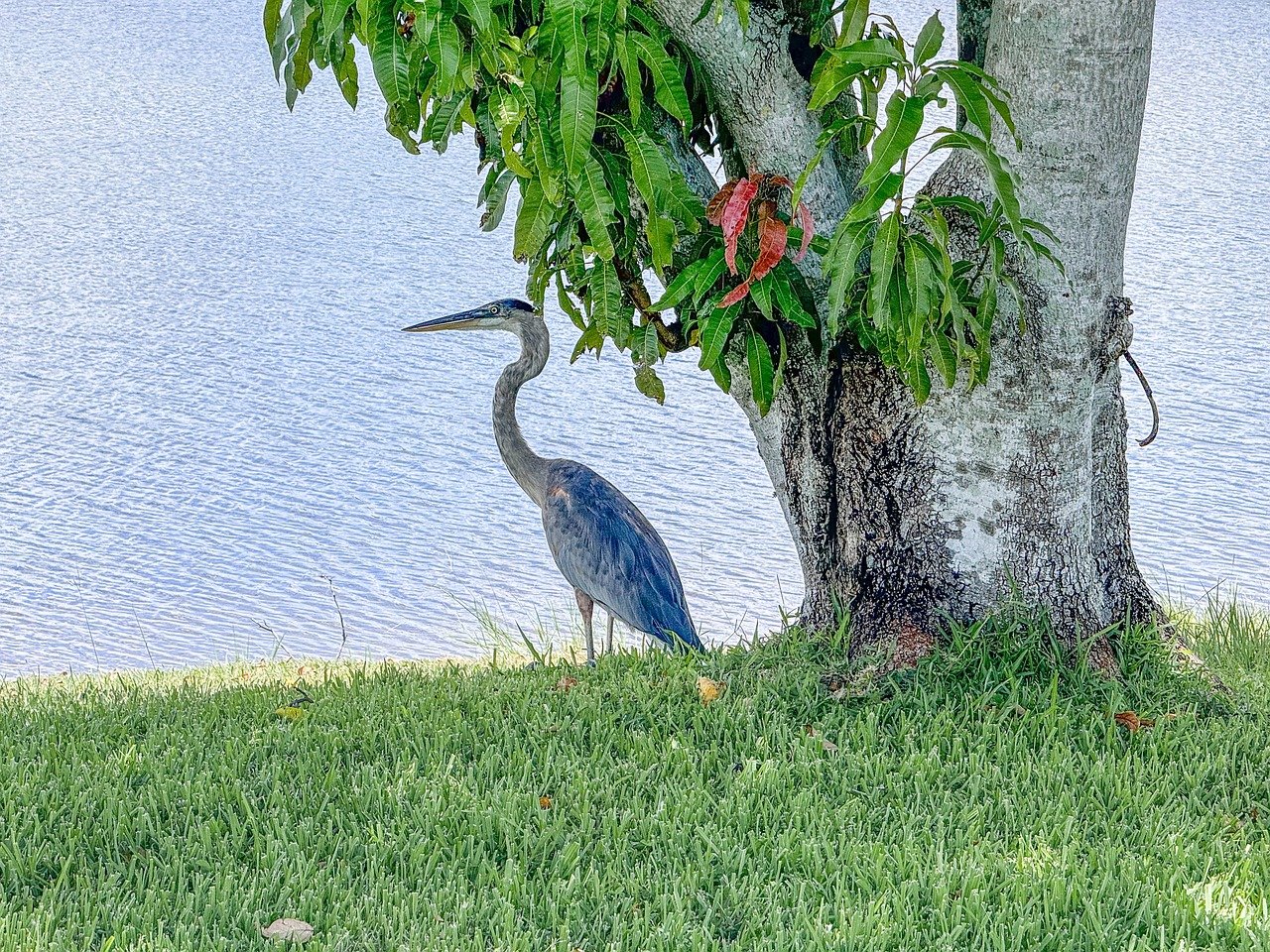
Agricultural Expansion
Agricultural expansion is one of the leading culprits in the ongoing decline of endangered species across the globe. As the world's population continues to grow, the demand for food has skyrocketed. This has led to an increase in agricultural land, often at the expense of natural habitats. But what does this mean for our wildlife? Imagine a vibrant forest teeming with life, now replaced by endless rows of monoculture crops. The rich tapestry of biodiversity is torn apart, leaving behind a barren landscape that struggles to support the very creatures that once thrived there.
When we talk about agricultural practices, we can't ignore the impact of industrial farming methods. These practices not only require vast tracts of land but also rely heavily on chemicals, fertilizers, and pesticides that further degrade the environment. The use of these substances can lead to soil depletion, water contamination, and even the death of non-target species, including pollinators like bees, which are crucial for many crops. It's a vicious cycle that puts immense pressure on ecosystems.
Moreover, agricultural expansion often leads to habitat fragmentation. As fields replace forests and wetlands, animals are forced into smaller and smaller areas, making it difficult for them to find food, mates, and shelter. This isolation can lead to inbreeding and a decline in genetic diversity, which is vital for the survival of species. For instance, the Florida panther has faced significant challenges due to habitat loss and fragmentation, resulting in a population that is both small and genetically vulnerable.
But it’s not all doom and gloom! There are sustainable agricultural practices that can help mitigate these impacts. Techniques such as agroforestry, organic farming, and permaculture can promote biodiversity while still meeting the food demands of our growing population. These methods not only protect habitats but also improve soil health and reduce the need for harmful chemicals. Transitioning to sustainable agriculture is not just a choice; it’s a necessity for the health of our planet and its inhabitants.
In conclusion, while agricultural expansion is a significant threat to endangered species, it also presents an opportunity for change. By adopting sustainable practices, we can strike a balance between food production and conservation. It’s time to rethink our approach to agriculture and consider the long-term impacts on our environment. After all, our survival is intricately linked to the health of the ecosystems around us.
- What is agricultural expansion? Agricultural expansion refers to the increase in land dedicated to farming, often leading to the conversion of natural habitats into agricultural fields.
- How does agricultural expansion affect endangered species? It leads to habitat loss, fragmentation, and degradation, making survival more challenging for many species.
- What are sustainable agricultural practices? These are farming methods that aim to produce food while minimizing environmental impact, such as organic farming and agroforestry.
- Can individuals help with conservation efforts? Yes! Individuals can support local farms that practice sustainability, reduce food waste, and advocate for policies that protect habitats.
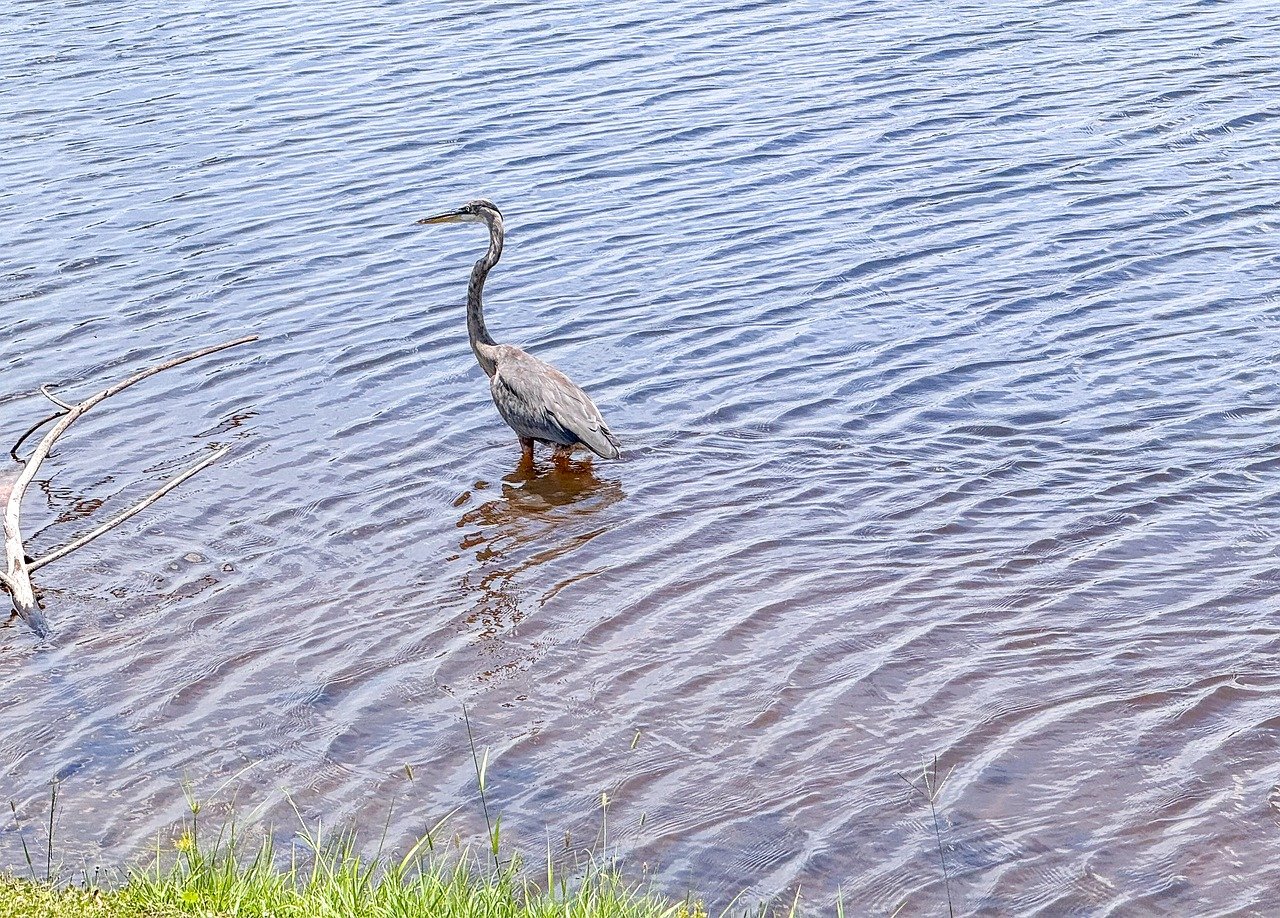
Climate Change Effects
Climate change is not just a buzzword; it’s a reality that’s reshaping our planet and putting countless species at risk. As global temperatures rise, the delicate balance of ecosystems is disrupted, leading to dire consequences for wildlife. Imagine a world where polar bears struggle to find ice to rest on, or where coral reefs, the vibrant underwater cities, are bleached and lifeless. These scenarios are becoming increasingly common as climate change wreaks havoc on natural habitats.
One of the most significant effects of climate change is the alteration of habitats. Many species have adapted over thousands of years to thrive in specific climate conditions. However, as temperatures rise and weather patterns shift, these conditions are changing faster than many species can adapt. For instance, the Amur leopard, one of the rarest big cats in the world, is facing habitat loss due to changing temperatures and human encroachment. The forests it calls home are becoming less hospitable, pushing these magnificent creatures closer to extinction.
Moreover, climate change affects food availability for numerous species. Take the African elephant, for example. These gentle giants rely on a variety of vegetation for sustenance. However, as droughts become more frequent and severe due to climate change, the availability of food decreases, leading to malnutrition and increased mortality rates. In essence, climate change doesn’t just threaten individual species; it disrupts entire food webs, creating a domino effect that can lead to the collapse of ecosystems.
The rise in sea levels is another alarming consequence of climate change, threatening coastal habitats that are home to countless species. For example, sea turtles, which rely on sandy beaches for nesting, are facing a race against time as their nesting sites are washed away. In addition, the increased ocean acidification caused by higher carbon dioxide levels is devastating marine life, particularly species like oysters and coral reefs, which are essential for maintaining biodiversity in marine ecosystems.
To illustrate the impact of climate change on various species, consider the following table that highlights some of the most affected animals and their struggles:
| Species | Impact of Climate Change | Current Status |
|---|---|---|
| Polar Bear | Loss of sea ice habitat | Vulnerable |
| Coral Reefs | Bleaching due to rising temperatures | Threatened |
| Amur Leopard | Habitat loss and fragmentation | Critically Endangered |
| African Elephant | Food scarcity from droughts | Endangered |
In conclusion, the effects of climate change are profound and far-reaching, impacting not only the species themselves but also the ecosystems they inhabit. As we witness these changes unfold, it's crucial to recognize our role in mitigating climate change and protecting these vulnerable species. Every action counts, whether it’s reducing our carbon footprint or supporting conservation efforts. After all, the survival of these remarkable creatures depends on our willingness to act now.
Q: How does climate change affect biodiversity?
A: Climate change alters habitats, disrupts food availability, and leads to extreme weather conditions, all of which can threaten the survival of various species.
Q: What can individuals do to combat climate change?
A: Individuals can reduce their carbon footprint by using public transport, conserving energy, and supporting renewable energy initiatives.
Q: Are there successful conservation efforts addressing climate change?
A: Yes, many organizations are working on habitat restoration, species protection, and community engagement to combat the effects of climate change.
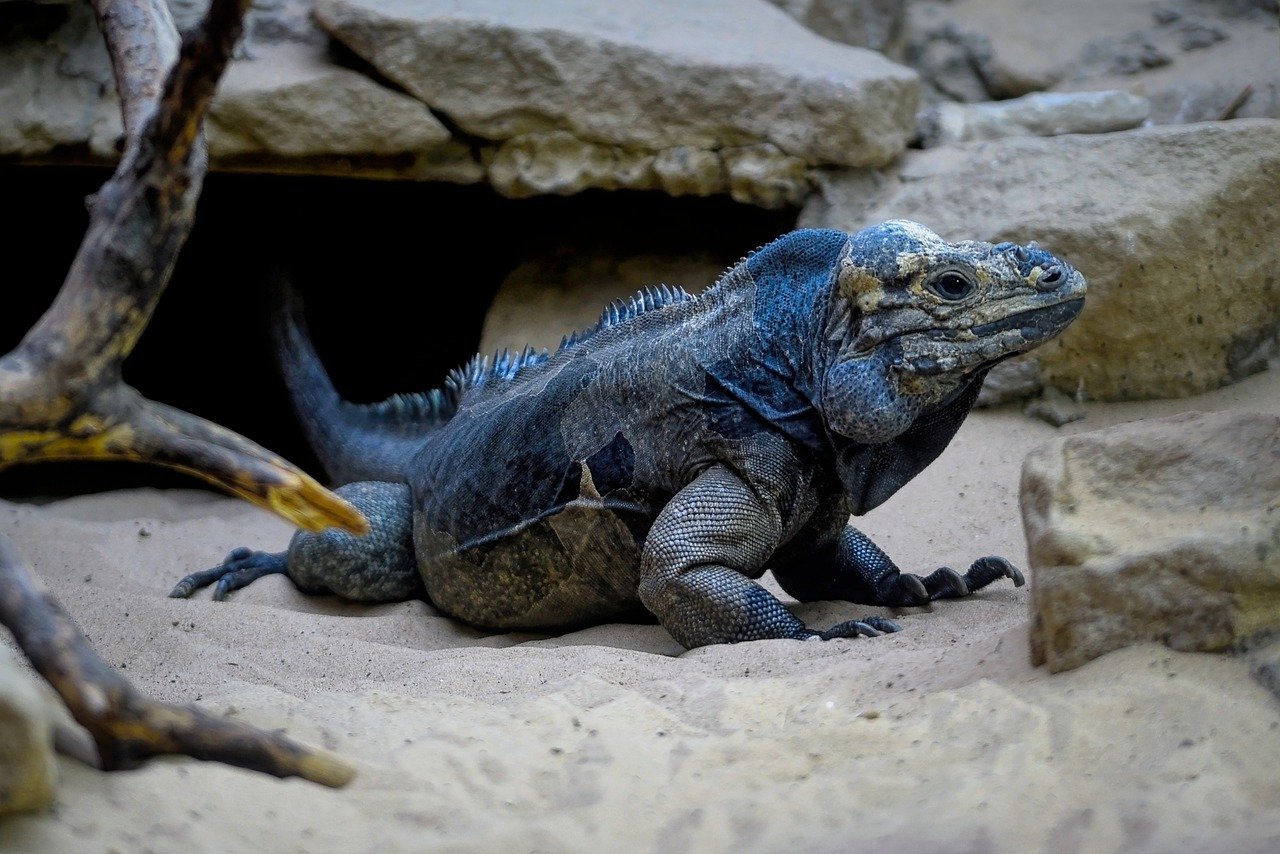
Conservation Efforts Worldwide
Across the globe, numerous conservation initiatives are being implemented to protect endangered species and their habitats. These efforts are crucial not only for the survival of individual species but also for maintaining the ecological balance that supports all life on Earth. One of the most effective strategies has been the establishment of protected areas and wildlife reserves, which serve as sanctuaries for vulnerable populations. National parks, marine protected areas, and wildlife reserves provide safe havens where species can thrive without the threat of human interference.
For instance, the creation of the Yellowstone National Park in the United States marked a significant milestone in conservation history. It was the first national park in the world, established in 1872, and has since become a model for wildlife protection. By providing a protected habitat, Yellowstone has allowed species like the gray wolf to rebound from near extinction. Similarly, the Great Barrier Reef Marine Park in Australia plays a critical role in safeguarding marine biodiversity, demonstrating the power of dedicated conservation efforts.
But conservation isn't just about setting aside land; it also requires engaging local communities. Community involvement is vital for the success of conservation strategies. When local populations are educated about the importance of protecting their natural surroundings and are given a stake in conservation efforts, they are more likely to participate actively. This grassroots approach can take many forms, from local stewardship programs to eco-tourism initiatives that provide economic benefits while promoting wildlife protection.
Moreover, international cooperation is essential in addressing the challenges that endangered species face. Organizations like the World Wildlife Fund (WWF) and Conservation International work across borders to implement conservation strategies that benefit both wildlife and local communities. These organizations often collaborate with governments, NGOs, and local stakeholders to create comprehensive plans that address the root causes of species decline, such as habitat destruction and poaching.
In addition to these efforts, technology plays an increasingly important role in conservation. Innovations like satellite tracking and drone surveillance allow conservationists to monitor wildlife populations and their habitats more effectively. For example, the use of camera traps has revolutionized the way researchers study elusive species, providing critical data that informs conservation strategies. These technological advancements, coupled with traditional conservation methods, create a powerful toolkit for protecting endangered species.
Ultimately, the success of conservation efforts hinges on a collective commitment to preserving our planet's biodiversity. As individuals, we can support these initiatives by advocating for sustainable practices, participating in local conservation programs, and spreading awareness about the plight of endangered species. Every action counts, and together, we can make a difference.
- What are the main goals of conservation efforts? The primary goals include protecting endangered species, restoring habitats, and promoting biodiversity.
- How can I get involved in conservation efforts? You can volunteer with local organizations, participate in conservation programs, or support eco-friendly businesses.
- Are there any successful examples of conservation programs? Yes, programs like the recovery of the gray wolf in Yellowstone and anti-poaching initiatives in Africa have shown significant success.
- What role does legislation play in conservation? Legislation helps establish protected areas, regulates hunting and trade of endangered species, and provides funding for conservation projects.
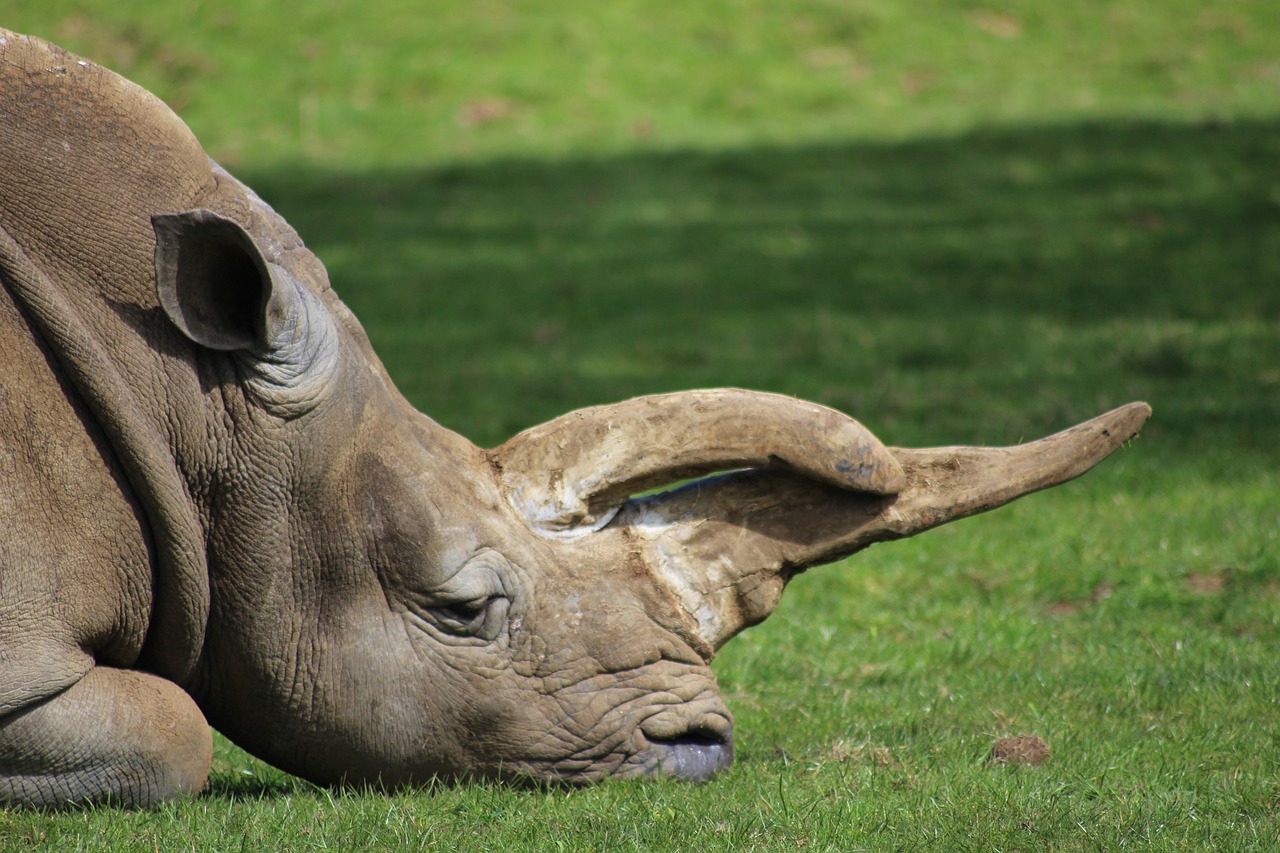
Protected Areas and Reserves
When it comes to safeguarding our planet's most vulnerable species, stand as our frontline defense. These designated spaces, whether they be national parks, wildlife refuges, or marine sanctuaries, play a crucial role in maintaining biodiversity and providing safe havens for countless species. Imagine a bustling city where nature is tucked away behind walls; this is often the reality for many endangered species that require undisturbed habitats to thrive. By establishing protected areas, we can create sanctuaries that allow wildlife to flourish away from the encroachment of human activity.
But what makes these areas so effective? First and foremost, they provide a safe environment where species can live, breed, and feed without the constant threat of habitat destruction or poaching. For example, the Yellowstone National Park in the United States not only protects iconic wildlife like the bison and grizzly bears but also serves as a critical ecosystem that supports a variety of flora and fauna. In essence, these parks act as living laboratories for ecological research, allowing scientists to study species in their natural habitats, which can lead to better conservation strategies.
Moreover, protected areas are not just about the wildlife; they also benefit local communities. By promoting eco-tourism, these regions can generate revenue while fostering a sense of stewardship among residents. When people see the tangible benefits of preserving their natural surroundings, they are more likely to engage in conservation efforts. For instance, the Galápagos Islands have become a prime example of how conservation can go hand-in-hand with sustainable tourism, providing both economic opportunities and environmental protection.
However, it's essential to recognize that simply designating an area as "protected" is not enough. Effective management is key. This involves ongoing monitoring of wildlife populations, habitat restoration efforts, and community engagement. Without these measures, even the most well-intentioned reserves can fall short. The International Union for Conservation of Nature (IUCN) has established guidelines for protected areas, emphasizing the need for adaptive management strategies that respond to changing environmental conditions and threats.
In summary, protected areas and reserves are vital for the survival of endangered species. They offer refuge from the myriad threats posed by human activities and climate change. Yet, their success hinges on effective management and community involvement. As we continue to face unprecedented challenges in conservation, the role of these sanctuaries becomes even more critical. They are not just patches of land; they are lifelines for our planet's most precious inhabitants.
- What are protected areas? Protected areas are designated regions set aside for the conservation of wildlife and natural resources, ensuring that ecosystems remain intact and can function naturally.
- How do protected areas benefit local communities? They can promote eco-tourism, provide jobs, and enhance the quality of life by preserving natural landscapes and resources.
- Are all protected areas effective? Not necessarily. The effectiveness of a protected area depends on proper management, monitoring, and community involvement to ensure that conservation goals are met.
- How can I support protected areas? You can support protected areas by visiting them, participating in conservation programs, or donating to organizations that work to protect these vital ecosystems.
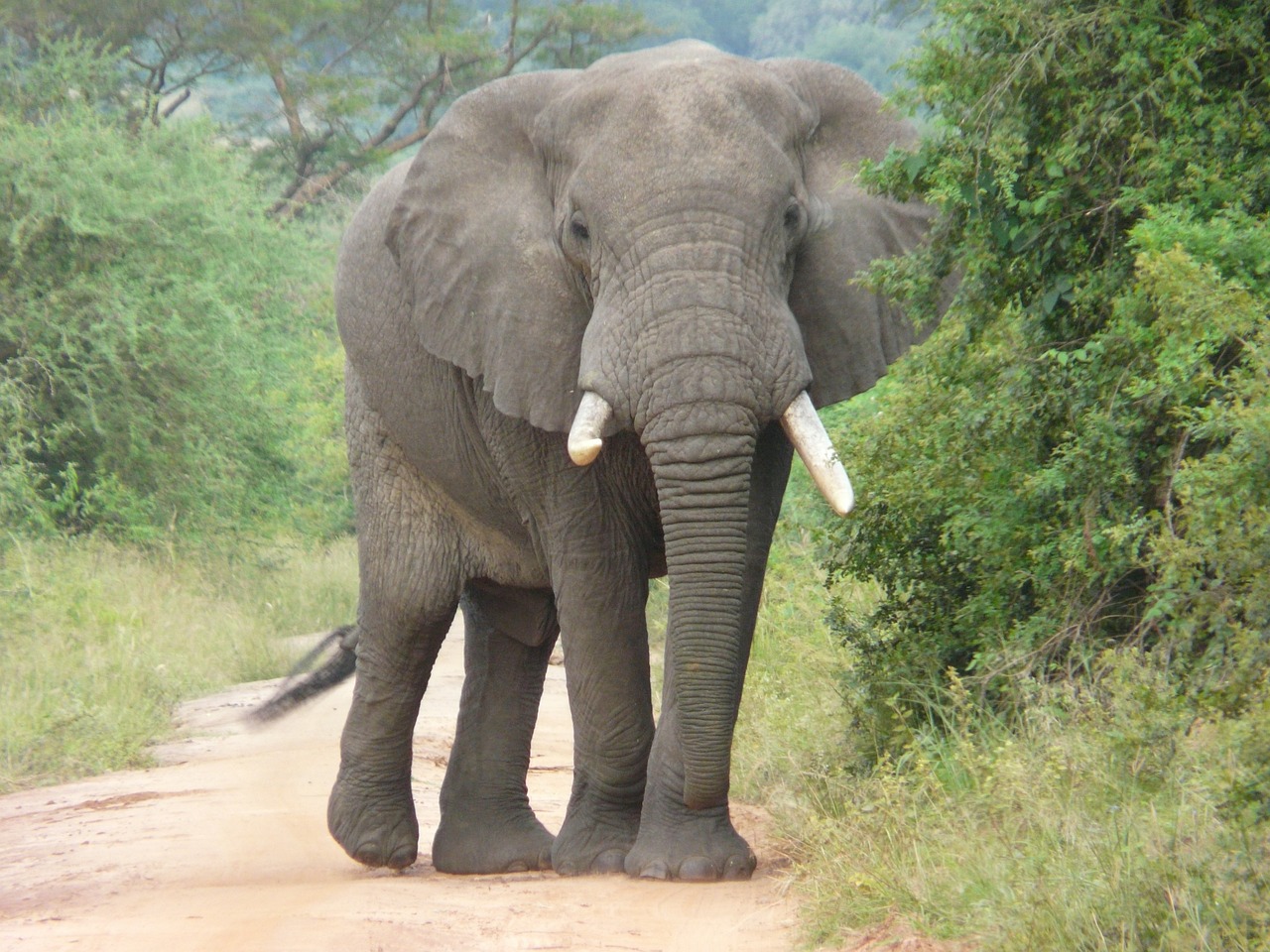
Community Involvement in Conservation
When it comes to protecting our planet's most endangered species, community involvement plays a pivotal role. Think of it as a team sport; every player has a position, and together, they work towards a common goal. Local communities often have the most intimate knowledge of their environment, making them essential allies in conservation efforts. By engaging these communities, we can harness their passion and understanding to create a more effective and sustainable approach to wildlife protection.
One of the most effective ways communities contribute to conservation is through grassroots movements. These initiatives often arise from local concerns about environmental degradation and species loss. For instance, communities may organize clean-up drives, tree planting events, or awareness campaigns that educate others about the importance of biodiversity. This local activism not only raises awareness but also fosters a sense of ownership over the natural resources in their area. When people feel a connection to their environment, they are more likely to protect it.
Moreover, community-based conservation programs can lead to significant changes in policy and practice. When locals are involved in decision-making processes regarding land use and resource management, they can advocate for practices that are sustainable and beneficial to both wildlife and their livelihoods. For example, in many regions, local fishermen have collaborated with conservationists to develop sustainable fishing practices that protect endangered marine species while still allowing for economic viability.
Another vital aspect of community involvement is education. Local schools and organizations can implement programs that teach children and adults alike about the importance of conservation. This education can take many forms, from workshops to field trips that immerse participants in the natural world. By instilling a sense of responsibility and appreciation for wildlife in the younger generation, we can ensure that future stewards of the environment are well-equipped to continue the fight for conservation.
However, it’s important to recognize that community involvement is not without its challenges. Sometimes, there may be conflicts of interest, especially when economic development is at stake. To address this, it’s crucial to foster open communication between stakeholders, including local communities, government entities, and conservation organizations. By working together and finding common ground, we can create solutions that benefit both humans and wildlife.
In summary, community involvement in conservation is not just beneficial; it is essential. When local populations are engaged, empowered, and educated, they become powerful advocates for the protection of endangered species. From grassroots movements to educational initiatives, the potential for positive impact is immense. As individuals, we can support these efforts by volunteering, donating, or simply spreading the word about the importance of preserving our planet's biodiversity.
- How can I get involved in local conservation efforts? Look for local environmental organizations or community groups that focus on conservation. Many offer volunteer opportunities, workshops, and events that welcome participation.
- What are the benefits of community involvement in conservation? Community involvement leads to greater awareness, sustainable practices, and a sense of ownership over local resources, which can significantly enhance conservation efforts.
- Can community-based conservation be effective? Yes! Many successful conservation programs have been implemented through community engagement, leading to positive outcomes for both wildlife and local economies.
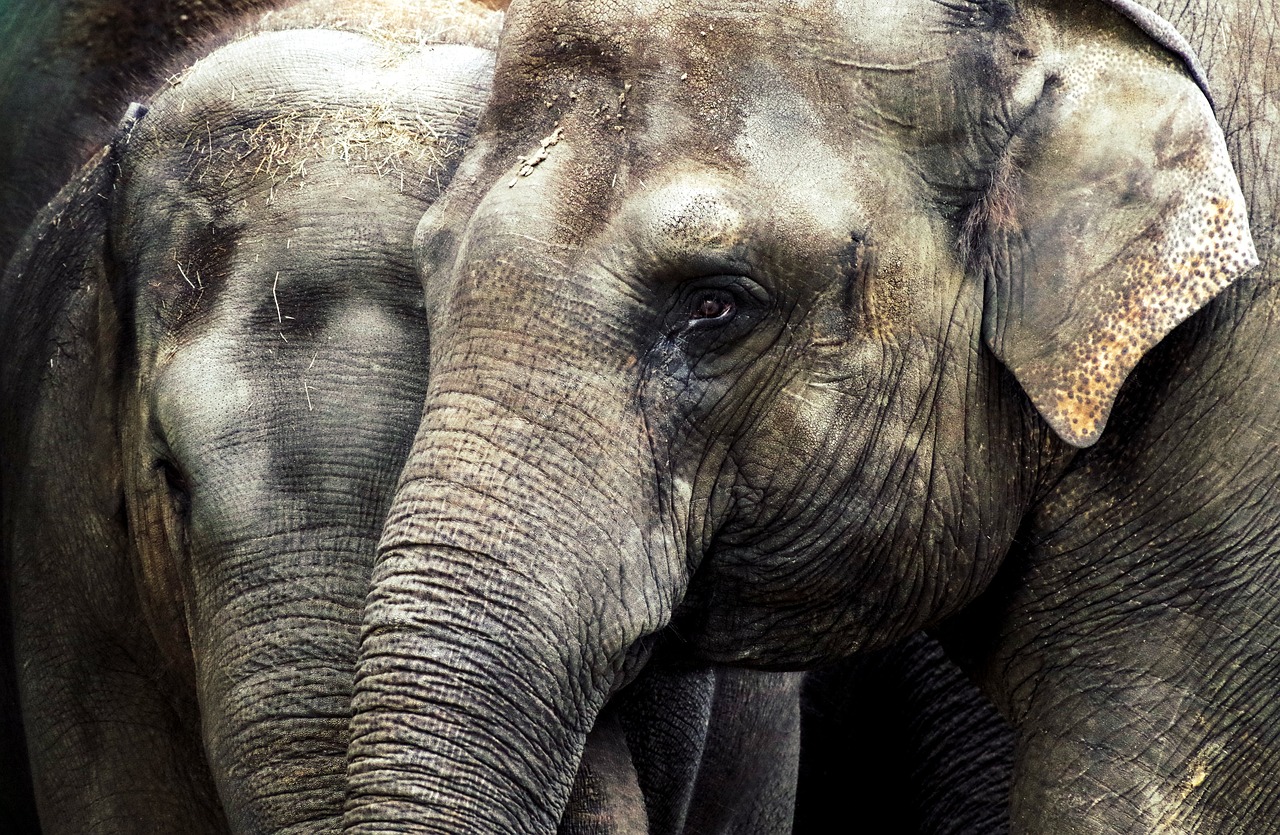
What You Can Do to Help
When it comes to conservation, every single one of us has a role to play. It might feel overwhelming to think about the plight of endangered species, but the truth is, even small actions can lead to significant changes. Imagine if everyone took just one step towards helping these remarkable creatures; the impact could be monumental! So, how can you contribute? Here are some practical ways to make a difference:
First and foremost, education is key. Understanding the issues that endangered species face is crucial. You can start by educating yourself about local wildlife and the specific challenges they encounter. This could involve reading books, attending workshops, or even participating in community events focused on wildlife conservation. The more you know, the better equipped you'll be to advocate for these species.
Another impactful way to help is through volunteering. Many organizations are dedicated to wildlife conservation and often seek volunteers for various projects, from habitat restoration to educational outreach. By dedicating your time, you not only gain hands-on experience but also contribute to the efforts of those who are working tirelessly to protect endangered species. Plus, it’s a fantastic way to meet like-minded individuals who share your passion for nature!
Additionally, consider supporting conservation organizations through donations or membership. Many of these organizations rely on public support to fund their projects. Your contribution can help provide resources for research, habitat protection, and community education programs. Here’s a quick look at some reputable organizations you might consider:
| Organization | Focus Area | Website |
|---|---|---|
| World Wildlife Fund (WWF) | Global conservation | wwf.org |
| Conservation International | Biodiversity and ecosystems | conservation.org |
| The Nature Conservancy | Land and water conservation | nature.org |
Moreover, you can make a difference by adopting more sustainable practices in your daily life. Simple changes, like reducing plastic use, conserving water, and choosing sustainable products, can collectively lead to a healthier planet. For instance, when shopping, look for products with minimal packaging or those that are certified as environmentally friendly. These choices not only help reduce pollution but also support companies that prioritize sustainability.
Lastly, don’t underestimate the power of advocacy. Use your voice to raise awareness about endangered species and the importance of biodiversity. Share information on social media, write to your local representatives about conservation policies, or even start a blog to discuss these critical issues. Remember, every conversation you spark can inspire others to take action!
In conclusion, while the situation for endangered species may seem dire, the collective efforts of individuals can lead to meaningful change. By educating yourself, volunteering, supporting conservation organizations, adopting sustainable practices, and advocating for wildlife, you become part of the solution. Together, we can ensure that future generations inherit a world rich in biodiversity and teeming with life.
Q1: What are some easy ways to reduce my carbon footprint?
A1: You can reduce your carbon footprint by using public transport, cycling, or walking instead of driving, conserving energy at home, and choosing renewable energy sources whenever possible.
Q2: How can I get involved in local conservation efforts?
A2: Look for local wildlife organizations or conservation groups in your area. Many have volunteer opportunities, community events, and educational programs that welcome participation.
Q3: Are there any apps or websites that help track endangered species?
A3: Yes! Apps like iNaturalist allow users to document wildlife sightings, while websites like the IUCN Red List provide comprehensive information on endangered species globally.
Frequently Asked Questions
- What are the main causes of species endangerment?
Species endangerment is primarily caused by habitat destruction, climate change, poaching, and pollution. Each of these factors contributes to the decline of wildlife populations and the ecosystems they inhabit. For example, urbanization leads to habitat loss, while climate change alters food sources and living conditions for many species.
- Why is biodiversity important?
Biodiversity is crucial for maintaining ecosystem stability and resilience. Each species plays a unique role in its ecosystem, contributing to processes like pollination, nutrient cycling, and food webs. Losing a single species can disrupt these processes, leading to broader ecological consequences that can affect human life as well.
- How can individuals help endangered species?
Individuals can make a significant impact by supporting conservation efforts, reducing their carbon footprint, and promoting sustainable practices. Simple actions like using less plastic, supporting local conservation organizations, and educating others about biodiversity can collectively lead to positive changes for endangered species.
- What are protected areas and why are they important?
Protected areas, such as national parks and wildlife reserves, are designated spaces that safeguard habitats and the species that live within them. These areas are crucial for conservation as they provide a refuge for endangered species, allowing populations to recover and ecosystems to thrive without the pressures of human activity.
- How does climate change affect endangered species?
Climate change impacts endangered species by altering their habitats, food sources, and migration patterns. For instance, rising temperatures can shift the range of species, making it difficult for them to find suitable environments. Some species may not adapt quickly enough, leading to further declines in their populations.
- What role do local communities play in conservation?
Local communities are essential for successful conservation efforts. Engaging them in stewardship and decision-making processes fosters a sense of ownership and responsibility towards local wildlife. Grassroots movements often lead to innovative solutions and sustainable practices that benefit both people and nature.



















